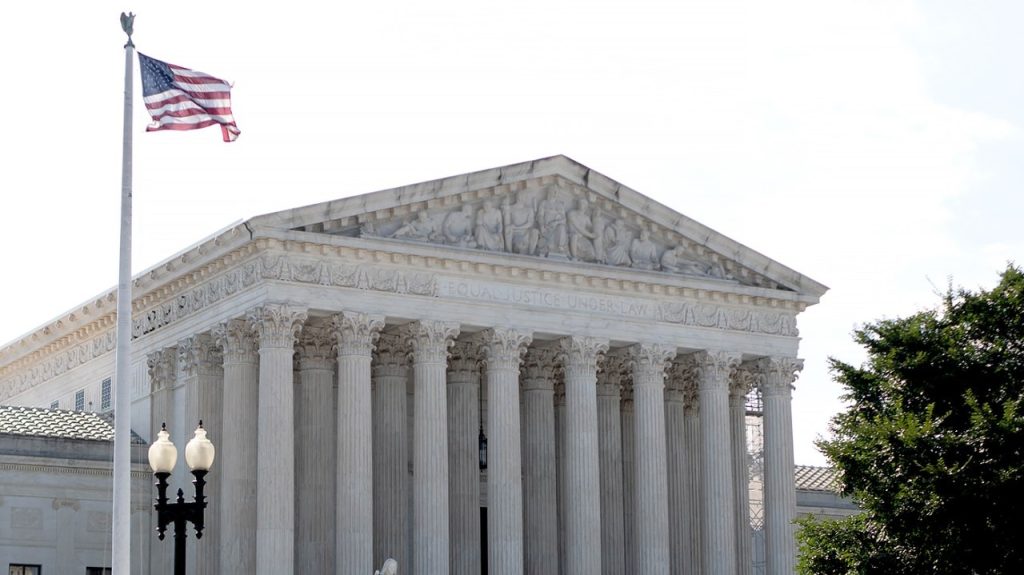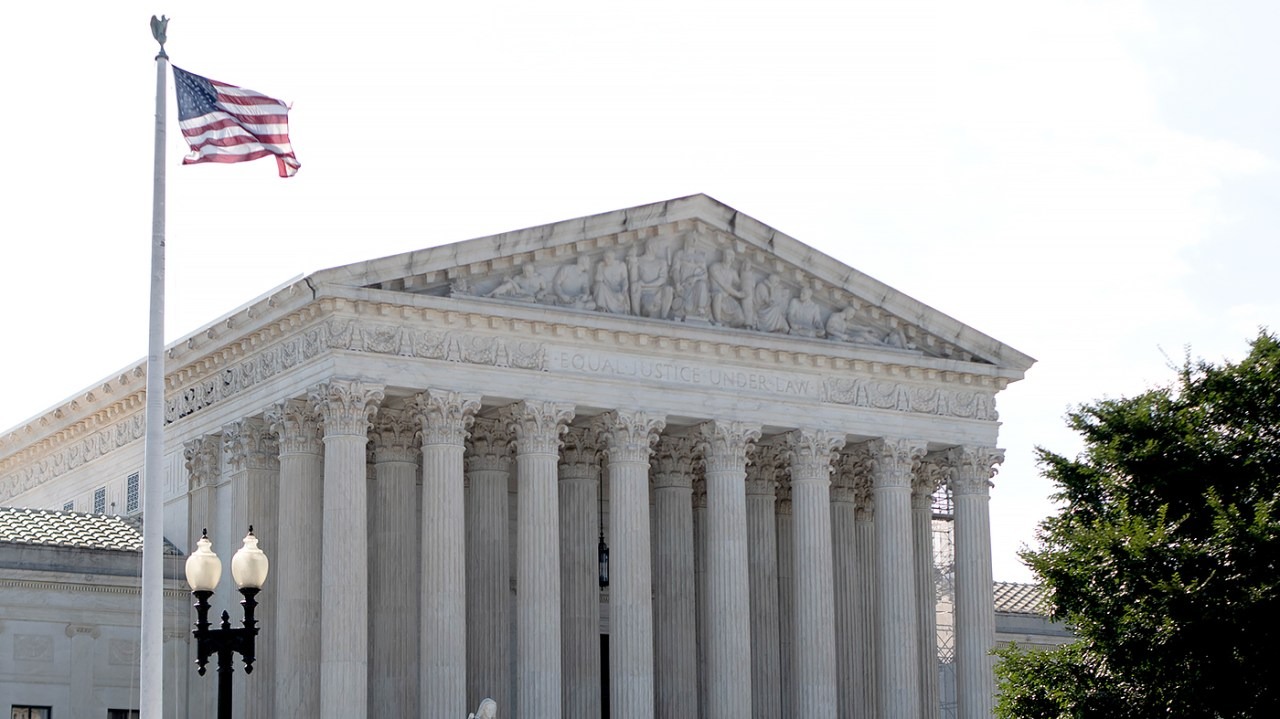Advertisements
Introduction

In a stunning turn of events, a recent mishap at the Supreme Court has ignited a firestorm of debate surrounding the security and integrity of judicial proceedings in the digital age. The incident, which involved the premature release of sensitive decisions, has raised significant concerns about the reliability of current technological safeguards in the highest echelons of the judiciary.
The Incident: A Breach of Protocol
The controversy erupted when sensitive Supreme Court decisions were inadvertently made public before the intended release time. This unprecedented breach of protocol has highlighted glaring vulnerabilities in the court’s technological infrastructure, prompting urgent calls for enhanced security measures.
Implications Beyond Idaho: A National Concern
While the incident occurred in Idaho, its ramifications extend far beyond state lines. The mishandling of confidential information at such a critical juncture underscores the need for standardized, foolproof protocols across all state courts. Legal experts warn that without robust technological solutions, similar breaches could jeopardize the sanctity of future judicial proceedings nationwide.
Advertisements
Technological Solutions: Ensuring Security and Secrecy
In response to the debacle, experts emphasize the imperative of implementing advanced technological solutions. These measures could include encrypted systems, stringent access controls, and real-time monitoring to prevent unauthorized disclosures. The goal is to fortify the court’s digital infrastructure against external threats and internal oversights.
Ryan’s Perspective: Addressing Security Concerns
Ryan, a legal technology analyst, underscores the gravity of the situation: “Whoever made that decision is not having a great day. There will be protocols to be set up. There are technological solutions to this.”
Lessons from History: A Push into the 21st Century
Reflecting on past technological shortcomings, commentators recall how the judiciary lagged behind in adopting modern digital practices. The COVID-19 pandemic, however, catalyzed a paradigm shift, compelling courts to embrace remote operations and digital documentation. Despite this progress, the recent incident serves as a stark reminder of the vulnerabilities that persist in a digitally reliant legal system.
Moving Forward: Ensuring Judicial Integrity
Looking ahead, stakeholders emphasize the need for a comprehensive reassessment of existing protocols and technologies. The focus is on integrating fail-safe mechanisms that mitigate human errors and technological glitches. By learning from past mistakes and leveraging cutting-edge innovations, the judiciary can uphold its mandate of delivering justice securely and transparently.
Conclusion
The Supreme Court’s recent mishap has reignited discussions on the intersection of technology and judicial integrity. As calls for enhanced security resonate across legal circles, the imperative remains clear: fortify digital defenses to safeguard the sanctity of future court proceedings. With proactive measures and robust technological investments, the judiciary can navigate the complexities of the digital era while upholding its pivotal role in administering justice.


